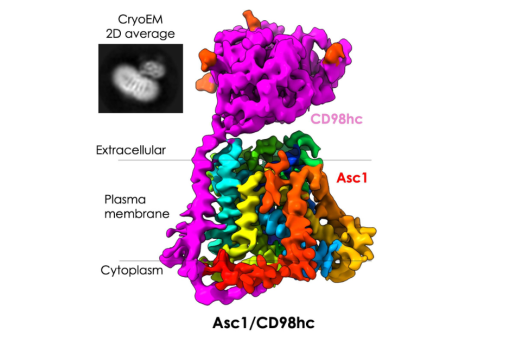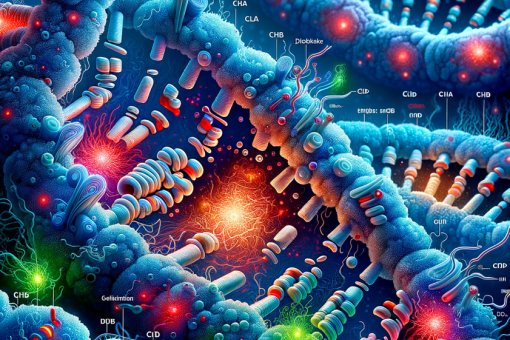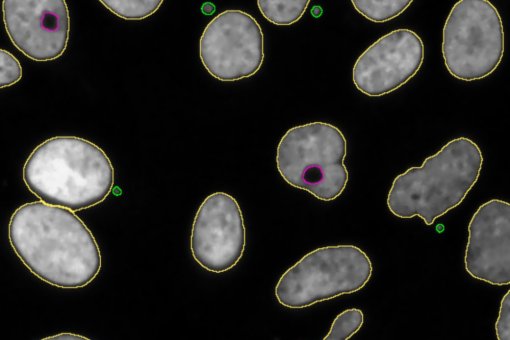Contact

The shortening and disappearance of telomeres in chromosomes is associated with the appearance of certain types of cancer.
Telomeres are repetitive sequences of DNA located at the end of chromosomes, which normally shorten each time the cell undergoes division. Telomeres play a role in the stability of the genome and in correct cell division. In most animal organisms, telomere reconstruction depends on the enzyme telomerase. However, in Drosophila melanogaster, unlike other organisms, this function is performed by two retrotransposons (movable elements that can jump from one place to another in the genome). Scientists were surprised to discover this, considering that retrotransposons had long been thought to be “junk DNA,” with no apparent function. The search for new retrotransposons in species similar to Drosophila melanogaster and understanding how the mechanism of retrotransposons works, are areas of considerable interest in development biology. A study conducted by researchers from the Institute for Research in Biomedicine (IRB Barcelona) and the Massachusetts Institute of Technology (MIT) has yielded surprising findings on the evolution and preservation of key proteins that intervene in this system.
Researchers Mary-Lou Pardue (MIT), Elena Casacuberta and Ferran Azorín (IRB Barcelona), have studied the behaviour of retrotransposons called HeT-A and TART in two Drosophila species, D. melanogaster and D. virilis, that separated evolutively 60 million years ago. The results of their study appear in this week’s issue of Proceedings of the National Academy of Science USA.
The idea, explains Elena Casacuberta, ICREA researcher at IRB Barcelona and principal author of the work, was to look for genetic similarities that had persisted throughout the evolution of the HeT-A and TART retrotransposons of both species, as this would provide some clues about the basic mechanisms behind telomere function as well as about their evolution.
The maintenance of telomeres in both species depends on two proteins called Gag, which are coded by the HeT-A and TART retrotransposons. In order to investigate evolutive similarities or differences, the researchers compared the genetic sequence of the two proteins in both species and exchanged their sequences in cells from both fly species.
We were surprised to learn, explains Elena Casacuberta, that the proteins continue to move towards the telomere when present in a different species – they recognised their role. While the proteins coded by TART did show some differences in function, the real surprise was that the protein coded by HeT-A could be interchanged between species, maintaining the same function, despite having only 16% similarity in its DNA sequence. In general terms, a difference of over 80% usually entails a change in function, but in this case, the structure key to the function of the telomere was likely maintained, states Casacuberta. This suggests, the researcher goes on to explain, that this mechanism has remained active for over 60 million years, and that at an evolutive level, it is possible for a protein to maintain its function despite having undergone significant changes in its genetic sequence.
When proteins are compared in evolutive studies, the tendency is to observe similarities in genetic sequence rather than in protein function. The results of this study show that this does not necessarily have to be the case. Numerous proteins thought until now to have little in common because they have very different sequences, have, in fact, similar functions, suggests Casacuberta.
Furthermore, the evolution of Gag proteins coded by HeT-A and TART show interesting parallels to the evolution of Gag proteins of retroviruses, such as with the AIDS virus, HIV. This capacity to mutate and, as shown in this study, to maintain function, helps explain the ability of HIV to evade the immune system.
The results of this study support findings of other researchers who are reconsidering the role of what has been considered up until now “junk DNA”. “Perhaps they are not as much junk as we thought,” concludes Casacuberta.
Reference article:
Elena Casacuberta, Fernando Azorín Marín, and Mary-Lou Pardue
Intracellular targeting of telomeric retrotransposon Gag proteins of distantly related Drosophila species
PNAS, e-pub ahead of print, May 4 (2007)
IRB Barcelona
El Instituto de Investigación Biomédica (IRB Barcelona) trabaja para conseguir una vida libre de enfermedades. Desarrolla una investigación multidisciplinar de excelencia para curar el cáncer y otras enfermedades vinculadas al envejecimiento. Establece colaboraciones con la industria farmacéutica y los principales hospitales para hacer llegar los resultados de la investigación a la sociedad, a través de la transferencia de tecnología, y realiza diferentes iniciativas de divulgación científica para mantener un diálogo abierto con la ciudadanía. El IRB Barcelona es un centro internacional que acoge alrededor de 400 científicos de más de 30 nacionalidades. Reconocido como Centro de Excelencia Severo Ochoa desde 2011, es un centro CERCA y miembro del Barcelona Institute of Science and Technology (BIST).


